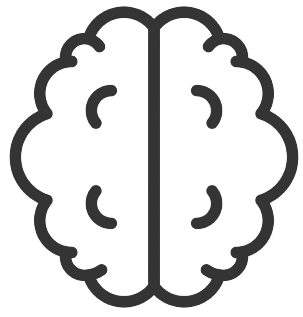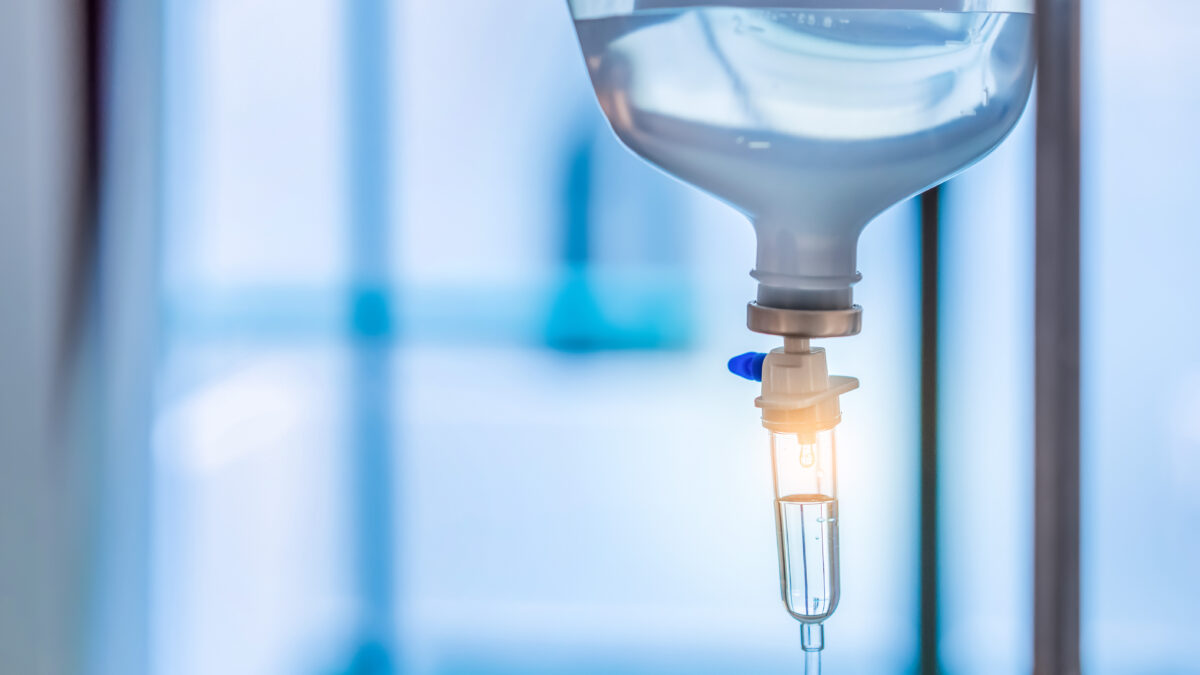
Methylene Blue IV Therapy: What Are the Benefits of Methylene Blue for Brain Health?
Methylene Blue is more than just a buzzword. If you’re hearing about Methylene Blue IV therapy and wondering whether it can really support brain health, it’s

Adjustments, musculoskeletal pains, work injuries, and sports rehab.

Restore and optimize health through your chemistry.

Concussions, stroke, spinal cord injuries, neurodegeneration, and neurodevelopmental.

Perform your best in the mountains, on the field, in the classroom, and or in the executive office suite.
We work with the functionality of your systems and how well they communicate and operate with each other – not merely if they are working or not. We test the areas “within normal limits”. We respect the complexity of the body and understand there is likely not one singular “root cause” of your problem. If we don’t think we are your answer or not the only one, we will work with you to coordinate a team of physicians and providers who will best suite your needs; locally, regionally, or globally.
We utilize numerous treatments and modalities such as:
In order to help bring a well-rounded, thorough treatment for all patients seeking relief. Our goal is to get you back into the action and back functioning as soon as possible.
We utilize numerous treatments and modalities such as chiropractic adjustments, neuromodulation, eye movement therapy, sensory motor integration, cognitive enhancement, executive functioning performance, vestibular therapy, vestibular rehab, instrument assisted soft tissue mobilization, kinesiotaping, hyperbaric oxygen, full body vibration, corrective exercises, shockwave therapy, red light and laser, cupping, dry needling, acupuncture, IV, and Functional Medicine in order to help bring a well-rounded, thorough treatment for all patients seeking relief. Our goal is to get you back into the action and back functioning as soon as possible.

Adjustments, musculoskeletal pains, work injuries, and sports rehab.

Restore and optimize health through your chemistry.

Concussions, stroke, spinal cord injuries, neurodegeneration, and neurodevelopmental.

Perform your best in the mountains, on the field, in the classroom, and or in the executive office suite.
Ensuring correct identification of factors leading to inflammation is important in developing targeted, curated care plans. When the contributing factors of inflammation, cellular dysregulation, and performance hindrance are properly delineated, the improvement of your concerns are much easier to manage. This also helps us avoid getting into tiring “trial and error” loops and in turn ensures that you, as the patient, can begin healing effectively and efficiently. Care that is science based and delivered with compassion and respect, for world class results.
We work with the functionality of your systems and how well they communicate and operate with each other – not merely if they are working or not. We test the areas “within normal limits”. We respect the complexity of the body and understand there is likely not one singular “root cause” of your problem. If we don’t think we are your answer or not the only one, we will work with you to coordinate a team of physicians and providers who will best suite your needs; locally, regionally, or globally.
We utilize numerous treatments and modalities such as:
In order to help bring a well-rounded, thorough treatment for all patients seeking relief. Our goal is to get you back into the action and back functioning as soon as possible.
We offer the full gamut of health for your Brain, Body, and Mind. We assess the function of your physical, neurological, metabolic, and psychological systems to identify avenues to impact your health in a positive way. Whether you are healthy looking for optimization and longevity or suffering from a condition. We can help you perform the best you can.
We work with the functionality of your systems and how well they communicate to eachother- not merely if they are working or not. We test the ares “within normal limits” We respect the complexity of the body and understand there is likely not one singular “root cause” of your problem. If we don’t think we are your answer or not the only one, we will work with you to coordinate a team of physicians and providers who will best suit your needs; locally, regionally, or globally.

Methylene Blue is more than just a buzzword. If you’re hearing about Methylene Blue IV therapy and wondering whether it can really support brain health, it’s

IV therapy is becoming a popular choice for people looking for rejuvenating energy and hydration. But what is NAD IV therapy? NAD IV sessions use

Experiencing a spinal cord injury is challenging, and understanding what your next steps should look like after your immediate medical needs are under control can